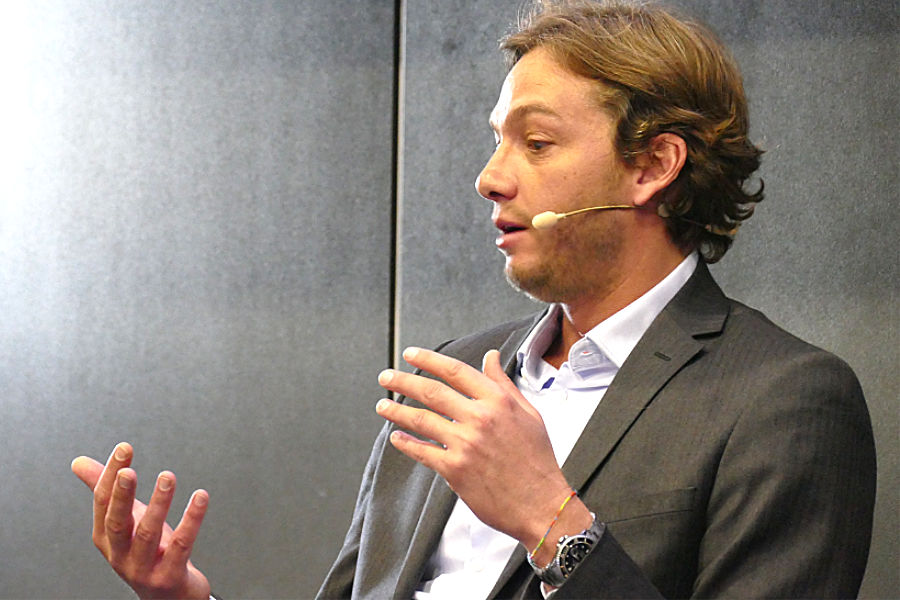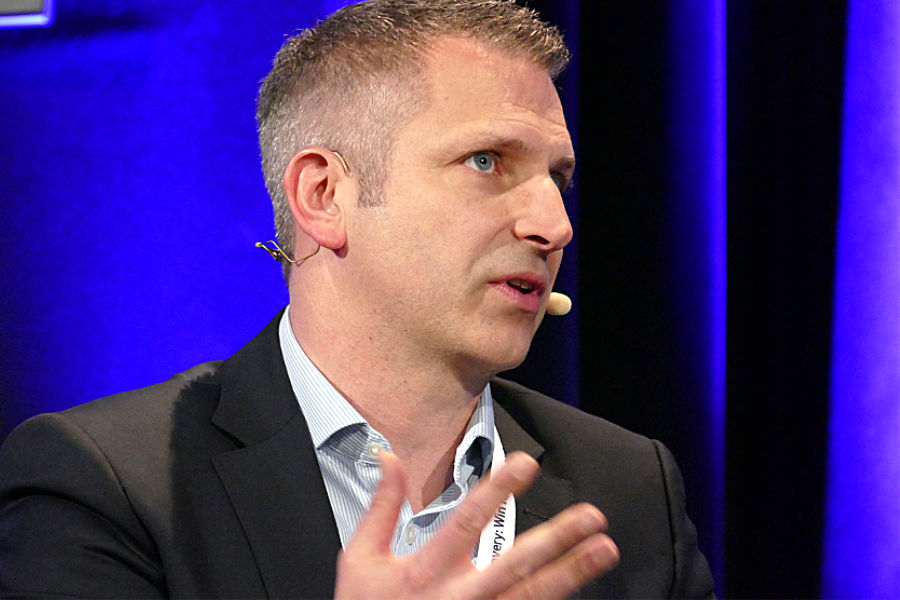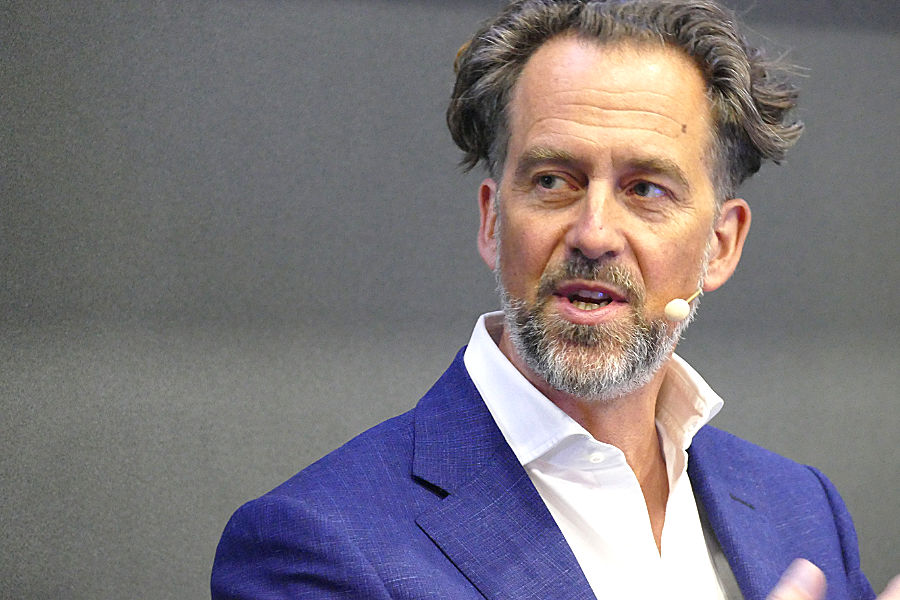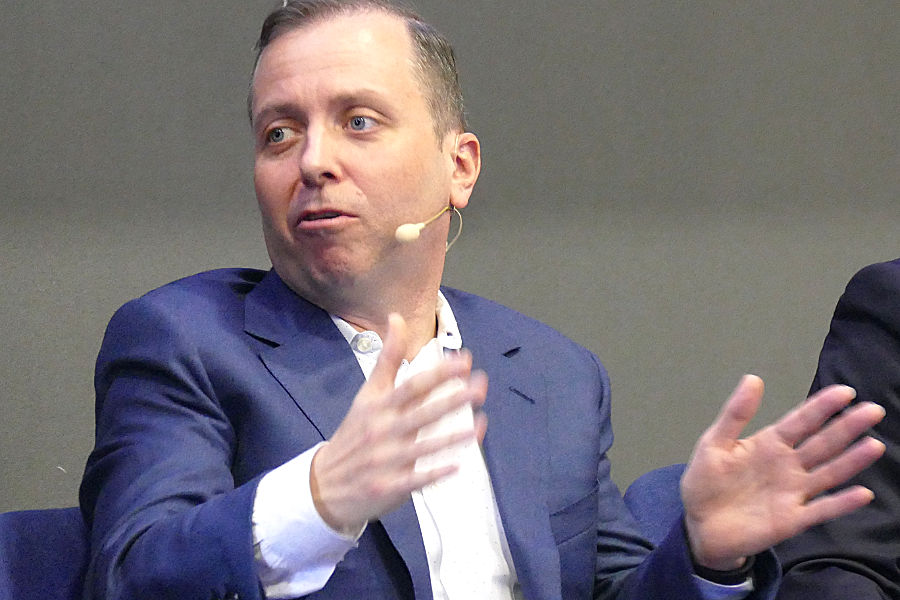The potential for significant growth in European equity derivatives markets exists, say buy-side traders, thanks to developments such as T+1 settlement in the US, and potential retail growth, if key structural and regulatory hurdles can be overcome. Speaking at TradeTech in Paris, a panel of experts outlined the huge value that investment managers can realise through including derivatives within their portfolios.

“In the US growth has been driven by retail,” said Raphael Rochon, direct counterparty trading, at market maker IMC. “In 2020, 1.2 million options were trading on the S&P. Four years later, more than three millions options are traded. It’s gigantic and 70% of that growth is driven by retail. So, in Europe, we know that the potential is huge.”
On the institutional side, the US migration to a T+1 settlement cycle will also be a driver to increased use of derivatives use, said Tim Miller, senior trader at Fidelity International, as the difference between European and US settlement cycles creates funding problems for acquisitions of securities between the two regions.

“There’s a structural change with T+1 and that will increase use of futures just for cash equitisation, it is quick tool to get to market in changing sentiment on the underlying so I think that will lead to change in future use,” he said. We’ve also seen PMs particularly in multi-asset, who are looking to reduce some of the duration in those funds and get more liquidity. So there’s definitely a change.”
He noted that in order to support greater use internally, particularly for portfolios managers who lack understanding of derivatives, the firm is building out a working group of people from different teams to look at its overall derivatives usage and to consider where they can add some extra value to a fund.

This was a potentially invaluable development that other buy-side firms could follow, said Eric Boess, global head of trading at Allianz Global Investors, because institutional investors were often not optimising their use of derivatives or exploring their potential.
“European market structure is a disaster – it doesn’t need to be discussed – but you can’t blame it for everything,” he said. “It holds back some of the market making activities but I think institutional Europe is actually pretty bad when it comes to the use of derivatives. Institutional investors already are held back here because for example they might be a fixed income portfolio manager who can’t use fixed income ETFs because technically that’s an equity instrument. Stuff like that takes a while to address. The problem is, what I call ‘Bismarck’s Curse’. Every European sovereign tells its citizens that the government will take care of its pension. You don’t have the equivalent to 401K plans.”
As a result, he noted that restricted interest in and activity of trading securities directly in support of pensions.
While Allianz GI has a longstanding derivatives trading culture, one solution that T. Rowe Price has developed is a centre of excellence for running derivatives investment and trading, run by Matt Howell, global head of derivatives and multi-asset trading at T. Rowe Price.

“About seven years ago, I was asked to stand up a centre of excellence at T. Rowe to help us manage derivatives on the platform,” he said. “Essentially, my team acts as that ‘Centre of Excellence’ to the rest of the organisation, thinking about all aspects of derivatives from investment, idea generation, implementation through the trading technology stack, and then all the way through to your middle and back office functions, including collateral management and analytics. That was stood up to support the phenomenal growth we’ve seen in derivatives across asset classes. Since 2014, essentially 10x in notional traded and we continue to see that expand across all of our investment verticals.”
©Markets Media Europe 2024




